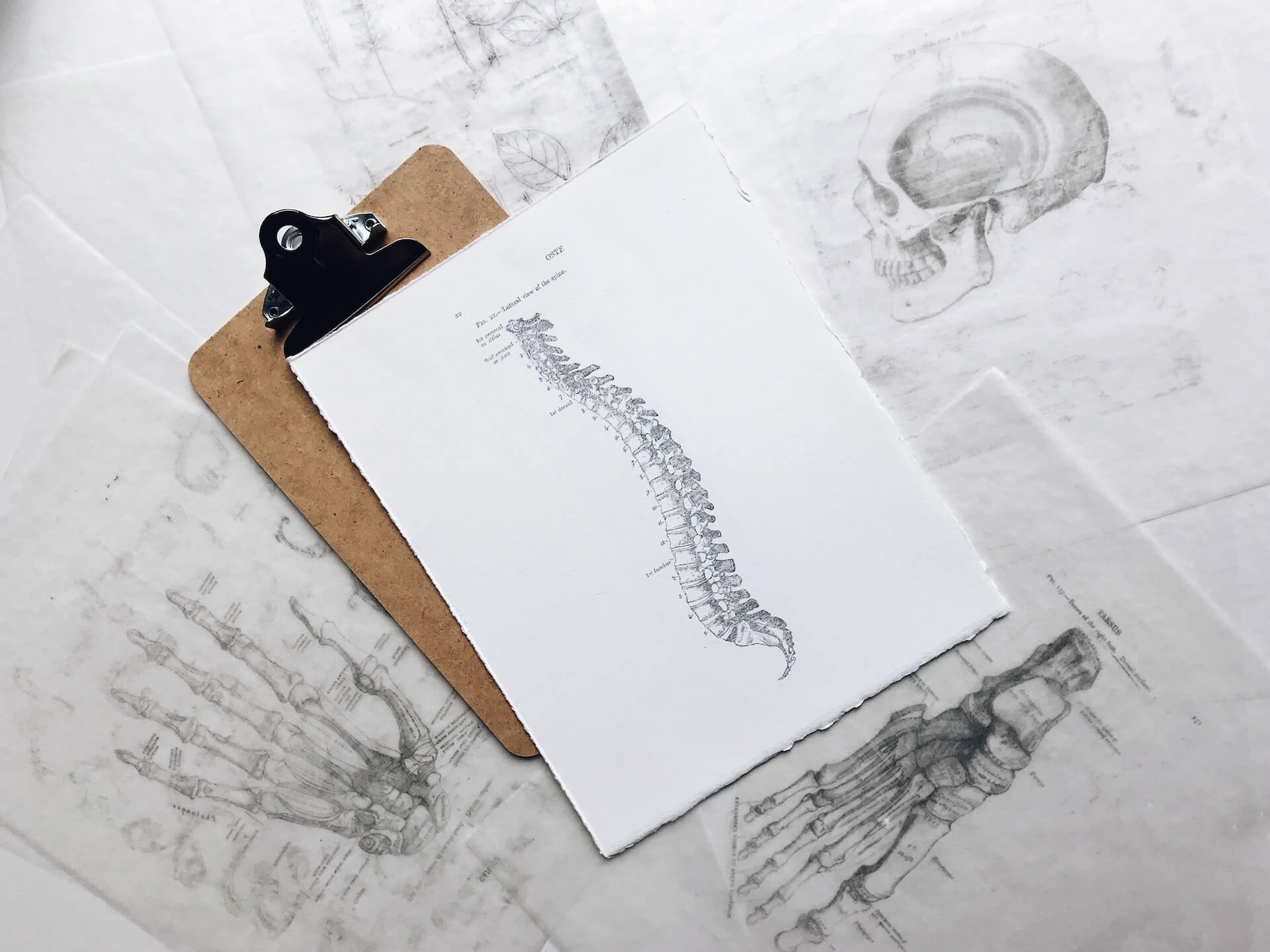
Chiropractic adjustments have gained recognition for their purported ability to address musculoskeletal issues without resorting to invasive procedures or medications. To illuminate potential misunderstandings, this article explores the intricate mechanisms that underpin chiropractic care, drawing insights from anatomical, physiological and biomechanical perspectives. By assessing the scientific foundations of chiropractic adjustments, we can gain a deeper understanding of their potential benefits and applications in promoting musculoskeletal health and overall well-being.
Exploring Spinal Alignment
Central to chiropractic philosophy is the notion of spinal alignment and its influence on nervous system functionality; the spine, serving as the body’s structural axis, safeguards the spinal cord. Deviations from proper alignment—known as subluxations—may disrupt neural pathways, manifesting in diverse symptoms from localized discomfort to systemic dysfunction. Maintaining proper spinal alignment enhances physical well-being and impacts mental and emotional health, highlighting its holistic significance.
Corrective Procedures: The Essence of Adjustments
Chiropractic adjustments—also referred to as spinal manipulations—aim to rectify vertebral misalignments and restore optimal spinal function. For these procedures, discerning reputable chiropractors is vital; for example, Austin Preferred Integrative Medicine offers chiropractic care by applying controlled force to specific vertebrae, employing manual techniques or specialized instruments. This precise manipulation triggers mechanical alterations within the spine, realigning vertebrae and mitigating nerve compression. With each adjustment the body’s innate ability to heal and self-regulate is activated, contributing to overall wellness and vitality.
Nervous System Dynamics
Evidence suggests that chiropractic adjustments can modulate nervous system activity, facilitating enhanced communication between the brain and peripheral tissues. By rectifying spinal misalignments, adjustments may alleviate nerve impingement and enhance neural conductivity. Consequently, reductions in pain perception, muscle tension and inflammation may ensue, promoting overall neurological equilibrium. Achieving optimal nervous system function through chiropractic care alleviates symptoms and enhances the body’s resilience against various stressors and health challenges.
Mechanisms of Pain Management
Pain mitigation constitutes a primary objective of chiropractic interventions, with adjustments purported to elicit analgesic effects through various pathways; by stimulating mechanoreceptors within spinal joints, adjustments may prompt the release of endorphins and other endogenous pain-mitigating agents. Additionally, spinal realignment may mitigate mechanical strain on pain-sensitive structures, diminishing discomfort. Understanding the multifaceted nature of pain allows chiropractors to tailor treatment strategies that address underlying issues while promoting long-term relief and well-being.
Facilitating Joint Mobility and Functionality
Chiropractic adjustments hold promise in augmenting joint mobility and range of motion, addressing restrictions in spinal movement associated with subluxations. These constraints can impede biomechanical efficiency and predispose individuals to injury. By rectifying spinal misalignments, adjustments optimize joint mechanics, encouraging smoother and more fluid movement patterns. Enhanced joint mobility improves physical performance and reduces the risk of degenerative conditions, supporting long-term musculoskeletal health and function.
Alleviating Muscle Imbalances and Tension
Concomitant with spinal misalignments, muscle tension and imbalances frequently manifest, contributing to stiffness and reduced mobility. Chiropractic adjustments may ameliorate these issues by reinstating proper spinal alignment and alleviating associated muscular tension; this approach may involve targeted manipulation of specific muscle groups or adjunctive therapies like soft tissue mobilization and therapeutic exercises. Addressing muscle imbalances relieves discomfort while enhancing overall movement quality and functional capacity, promoting an active and healthy lifestyle.
Holistic Wellness Enhancement
Beyond symptom management, chiropractic care is valued for its holistic approach to health optimization; by promoting spinal alignment and nervous system integrity, adjustments support physiological equilibrium and vitality. Many individuals report enhancements in sleep quality, energy levels and immune function post-chiropractic treatment, illustrating its potential for holistic wellness promotion. Integrating chiropractic care into routine health maintenance addresses existing concerns while cultivating resilience and enhancing overall quality of life.
Conclusion
Chiropractic adjustments represent a cornerstone of non-invasive musculoskeletal management, offering a holistic approach to wellness optimization. Anchored in principles of spinal alignment and neural dynamics, adjustments endeavor to rectify vertebral misalignments, mitigate pain and enhance bodily function. While ongoing research continues to elucidate the nuances of chiropractic care, accumulating evidence underscores its efficacy and safety across diverse conditions. Whether seeking relief from discomfort, bolstering athletic performance or improving overall well-being, chiropractic adjustments offer a promising avenue for those exploring natural healthcare alternatives.